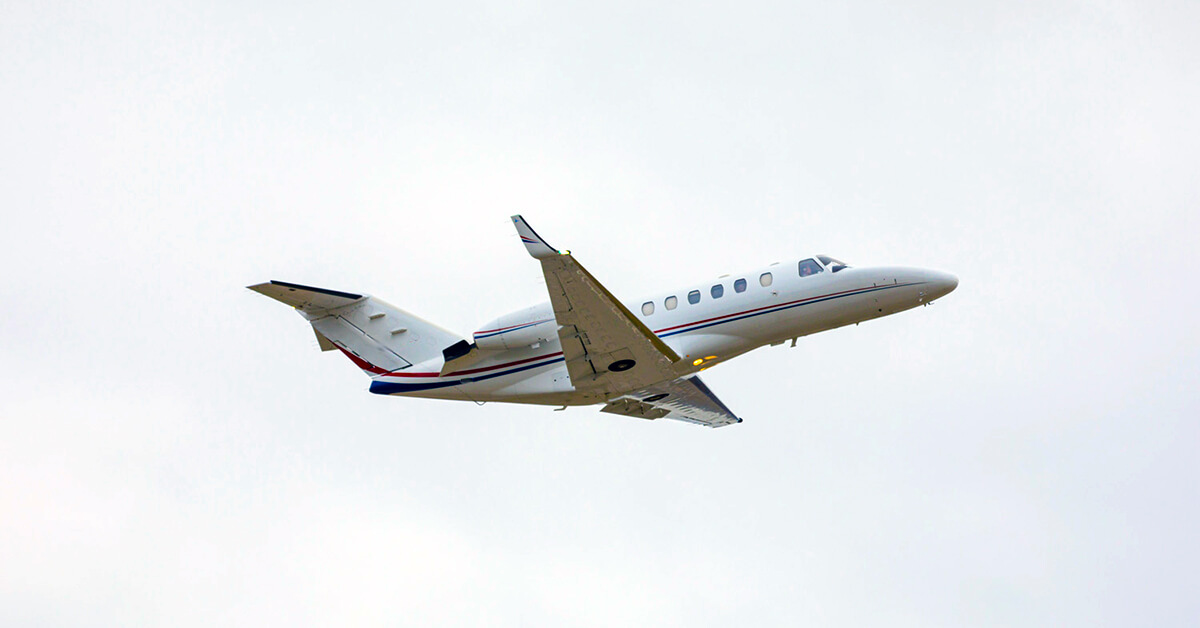
June 27, 2022
With the issue of flight tracking and a lack of privacy in the air making headlines recently, NBAA says more needs to be done to protect operators, but the process of updating standards can be arduous and a quick solution is unlikely.
Those were the key takeaways from an education session, “Privacy in the ADS-B Era,” which took place at the recent NBAA White Plains Regional Forum. The session was sponsored by NBAA Insider Daily and NBAA Business Aviation Insider magazine, and presented by Doug Carr, NBAA senior vice president for safety, security, sustainability and international operations; and Heidi Williams, NBAA senior director of air traffic services and infrastructure.
“We don’t believe there’s a need for this amount of [aircraft flight] information to be out there,” said Carr, but he likened an immediate solution to “band aids and bandages, rather than a new knee.”
Williams noted that the FAA’s Limiting Aircraft Data Displayed (LADD) and Privacy ICAO Address (PIA) programs offer privacy protections in the age of ADS-B, but those programs are limited in scope. What we’ve seen, she added, is sophisticated technology and determined members of the public that are still able to track aircraft that participate in the PIA program.
Although the PIA is run through the FAA, the agency is planning to outsource this system to a third party.
“We anticipate more timely [issuance of] ICAO aircraft address codes, which would renew every 20 days, rather than the current 60, if the FAA completes its outsourcing of the program,” Williams said. “We’re looking for this to happen in the September time frame.”
Carr said that one of the weaknesses of the system that is nearly impossible to fix is people working on the ramp who tell others what is going on and who is in a specific plane. Other technical limitations of PIA are that it only works in the Continental U.S. airspace.
“We know where the weaknesses in the system are,” said Carr. “From a security perspective, knowing there’s a weakness can help operators think through mitigations that can be put in place to minimize problems.”
Both Williams and Carr also said the problem needs a global solution, not just a U.S.-based one.
“There’s going to need to be a global effort,” Carr said. “There’s work to be done.”


 International Business Aviation Council Ltd.
International Business Aviation Council Ltd.